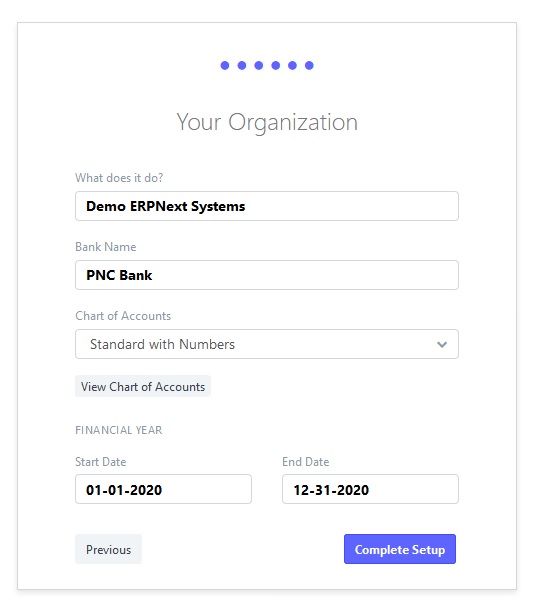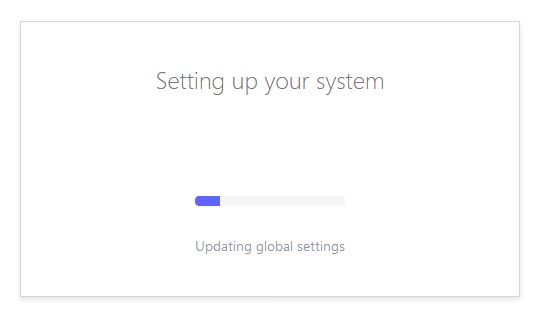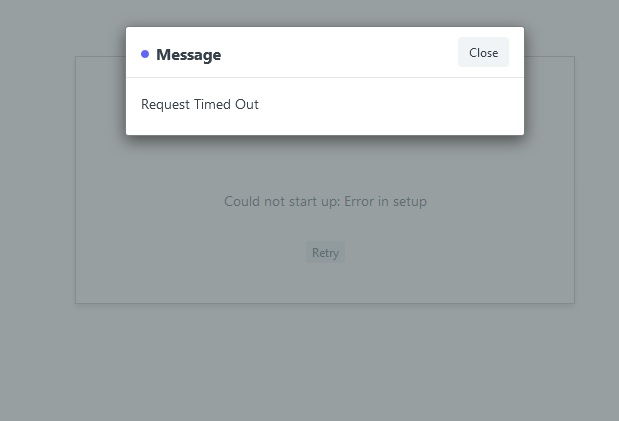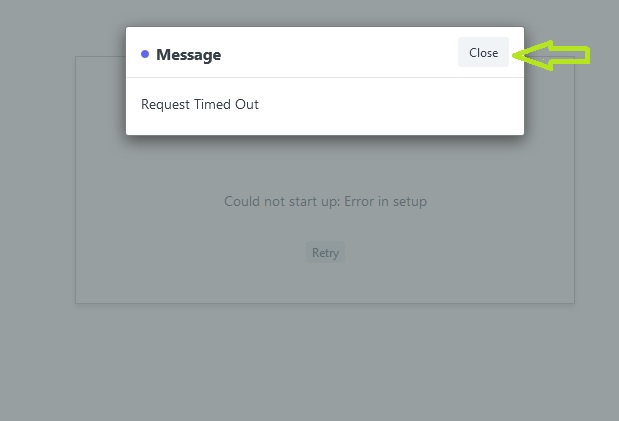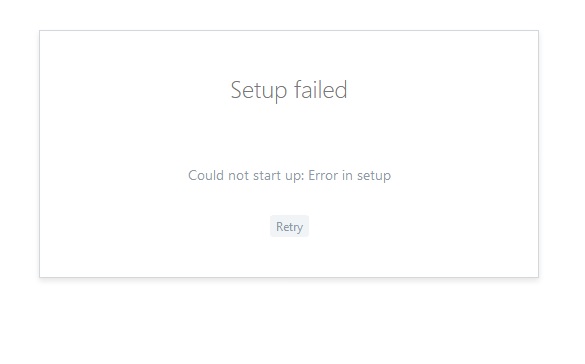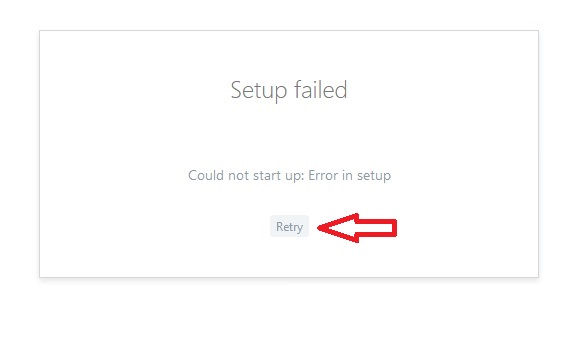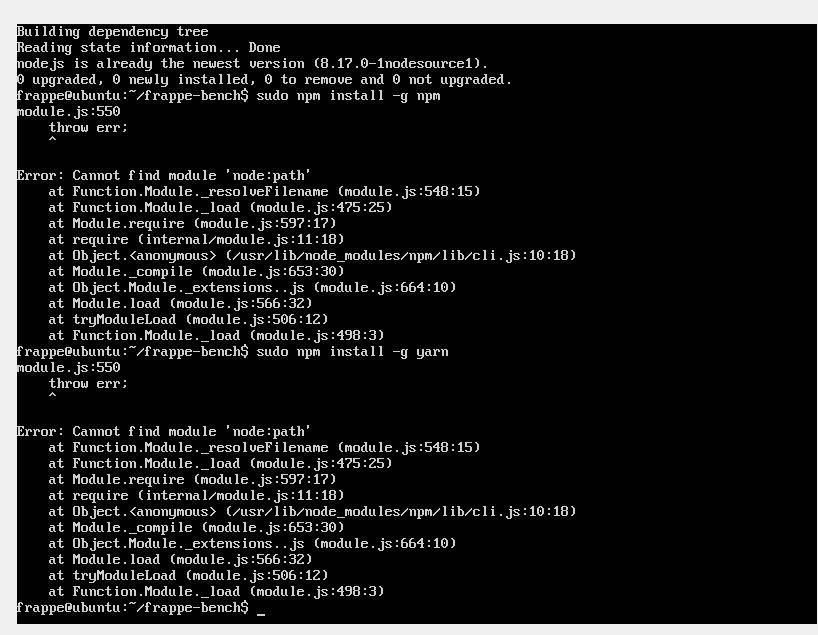I came across into this post, by searching on discuss. Very interesting discussion.
I have been using this Erpnext for about 3 years. ( actually my wife used it ). I am far from a developer level. I just an software hobiist. She have been running a beauty clinic with 3 outlet in defferent town., since 2008. She bought a custom erp system wrote from scratch by the provider. on Php. In 2015 the provider has gone and the system crasch all time. I toke a look and gave up to maintain or repair. Coz the system has no framework.
I have tried odoo, the healthcare module too complex, she just need simple and easy to use. So I combined Odoo with openEMR installation on single server. But all users complaining to log in into TWO system. Anda difficult in daily working by click there and there. User complain made headache.
In 2016 I found erpnext and give tried. Most user feel comfort. Today we have been running the version 11 since 2018 and still usable.
In january 2020 I deployederpnext v.12 for a shipping company, and so far no complain.
In my point of view as software hobiist, Erpnext is great. I need just learning : Python, Mysql … that’s all. Easy Install script is just for FUN, it is not for Production.
This time, during the Covid19 I need to deploy again. I face the Mysql warning
2020-04-12 9:46:00 10 [Warning] Access denied for user ‘root’@‘localhost’ (using password: NO)
The site running flawlessly, have no problem for operations. But the error log on this mysql is annoying. This is one of the problem for someone to poke easy install scripts and workable for various linux distros. My running server powered by gentoo, but the IT admin for shipping company only understand Debian, the deployment is on Debian 10.3 buster. ( which got sql warning ). Debian or probably Mariadb people set by default the plugin on auth_socket which is No Password required for root privilege and use sudo environment for root privileges.
However the bench command : bench new-site site-name --install-app erpnext ( I consider this is automatic install ) Always asking Mysql Root Password.
Let say user choose install procesure :
Log in as root to mysql shell
Create Databse
Grant root user to the database
Create a site for frappe with command
bench new-site site-name --db-name database-name --mariadb-root-username root --mariadb-root-password ROOTPASSWORD --install-app erpnext
I think and believed the root password is mandatory for frappe install in which Debian by default use auth_socket. mysql root password will work with plugin mysql_native_password plugin. I dont know either Debian perople or Mariadb People decided this.
Frappe people can not anticipate what happening at Debian and Mariadb, and probably ubuntu, linuxmint, arch, gentoo, windows or OSX. It is NOT FAIR for blaming Frappe on what did by other community/team.
Thus users have to familiarize themself to what they choose, decided use Debian OS, then have to dig debian, choose mariadb have to dig Mariadb, an so on.
There are thousands of “Solution” to solve Mariadb warning on the net world. I think most of them did not realize they screw up the things and many user use their guide but come into frustations.
So I decided to let the mysql warning stay there on log, as far as the frappe running well and smooth.
sorry for long post

